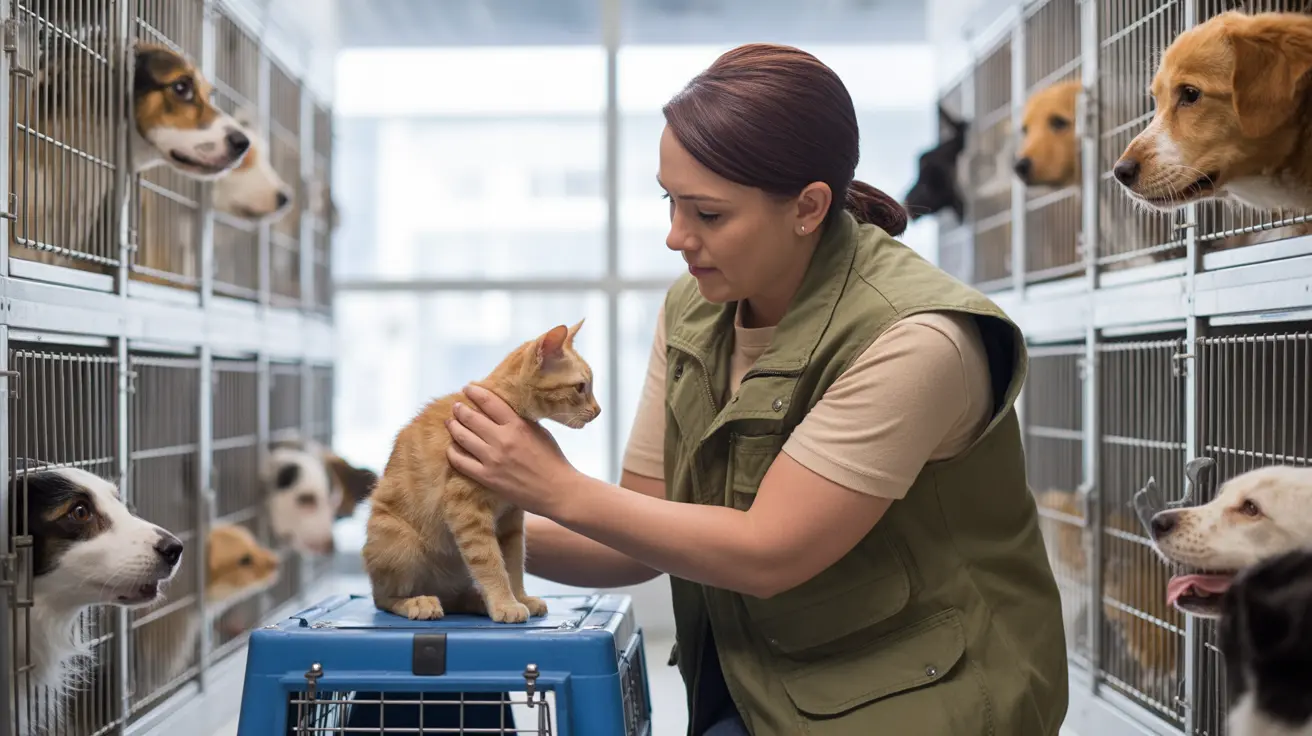Drug Incineration Safety Protocols Failed
The situation emerged due to what officials identified as a "negative air pressure" issue within the shared building complex. This mechanical failure caused smoke from the drug incineration process to be drawn into the shelter's HVAC system, spreading potentially harmful fumes throughout the facility. The problem was exacerbated by an inactive exhaust fan that should have vented the smoke safely outside.
Impact on Shelter Staff and Animals
The exposure to methamphetamine smoke resulted in multiple staff members experiencing severe symptoms, including:
- Headaches
- Dizziness
- Excessive sweating
- Persistent coughing
- Sore throats
- Lightheadedness
These symptoms were serious enough to warrant immediate medical attention, with affected staff members requiring hyperbaric oxygen treatment at local medical facilities.
Emergency Animal Evacuation Procedures
In response to the contamination, shelter officials quickly implemented emergency protocols to evacuate 75 cats and dogs from the affected building. This rapid response helped prevent potential harm to the shelter's animal residents, highlighting the importance of having emergency evacuation plans in place for unexpected hazards.
Shared-Use Facility Hazards
This incident brings attention to the potential risks of housing multiple municipal services within the same facility. While it's not uncommon for animal shelters to share space with municipal incinerators primarily used for animal remains, the practice of using these facilities for drug evidence destruction presents unique safety challenges that require careful consideration.
Safety Measures and Future Prevention
The incident has prompted discussions about improving safety protocols for drug evidence destruction. Essential safety measures should include:
- Regular inspection and maintenance of ventilation systems
- Strict separation of hazardous activities from animal care areas
- Enhanced monitoring of air quality during incineration procedures
- Clear communication protocols between agencies sharing facilities
- Updated emergency response procedures
Frequently Asked Questions
Why were animals evacuated from the Yellowstone Valley Animal Shelter after the FBI burned methamphetamine nearby?
Due to ventilation failure, fumes from two pounds of burning methamphetamine entered the shelter, potentially exposing the animals to toxic smoke and contamination.
What symptoms did animal shelter staff experience after exposure to the methamphetamine smoke?
Affected staff reported headaches, dizziness, sweating, coughing, sore throats, and lightheadedness, requiring hospitalization and hyperbaric oxygen treatment.
What safety measures can prevent drug incineration smoke from contaminating nearby animal shelters?
Proper ventilation systems, activated exhaust fans, dedicated incineration facilities for narcotics, and strict protocols to separate hazardous activities from animal care areas are essential to prevent contamination.
Conclusion
This unfortunate incident serves as a crucial reminder of the importance of proper safety protocols in shared municipal facilities. It underscores the need for careful consideration of how different government services interact within the same space, especially when potentially hazardous activities are involved. Moving forward, this event will likely influence how similar facilities approach drug evidence destruction and animal shelter safety procedures.






